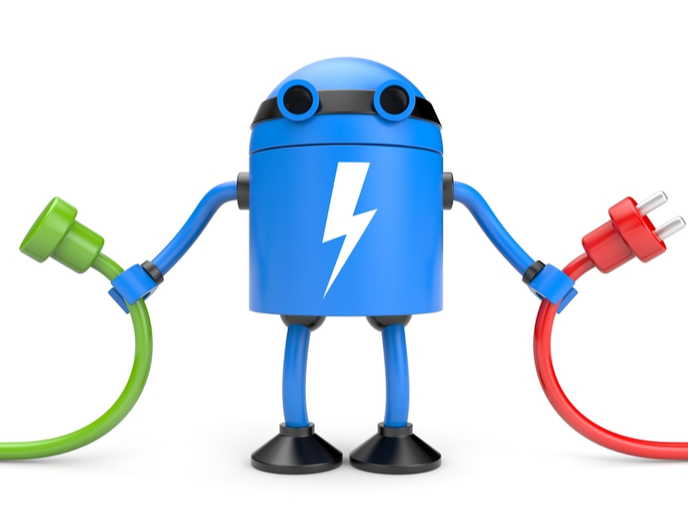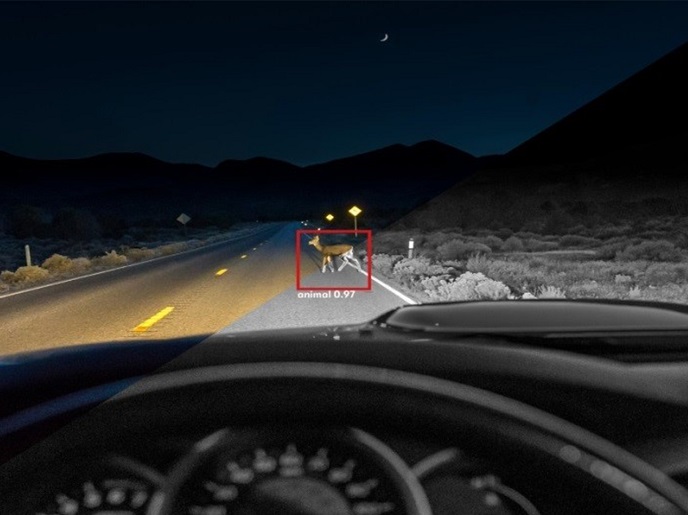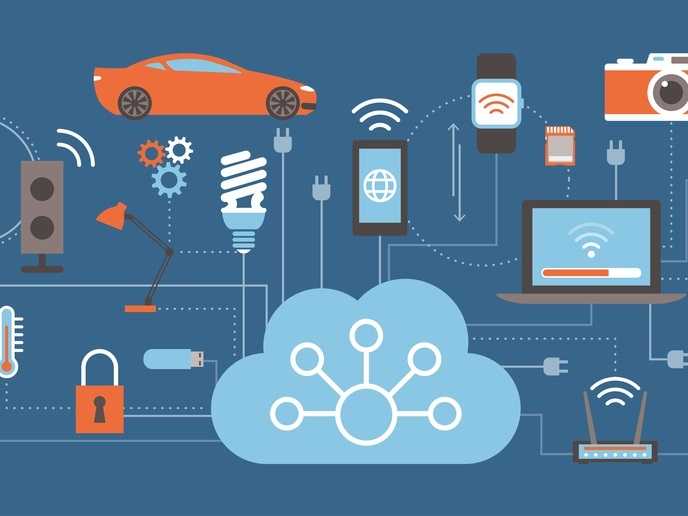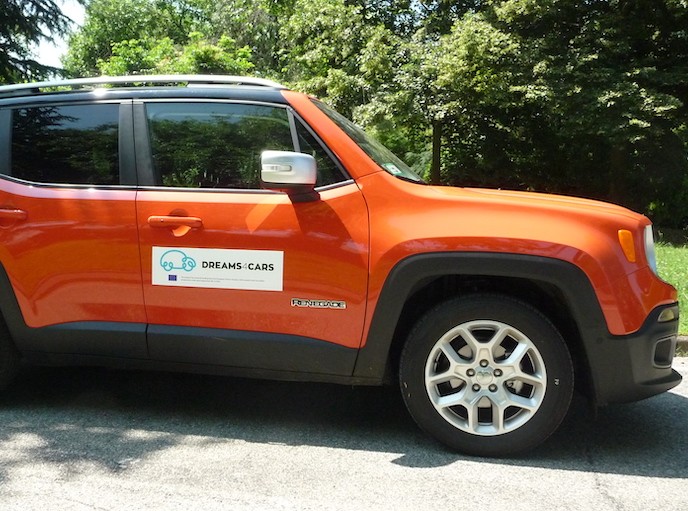Software for driverless vehicles
Driverless vehicles, also known as autonomous vehicles, have been proposed as a solution to road congestion and safety issues. Such vehicles first need effective software control and decision-making systems. The EU-funded 'Decisions and behaviors for cognitive automobiles research' (DBCAR) project aimed to develop a system allowing groups of several vehicles to coordinate their trajectories. Such coordination was intended to maintain safe distances between vehicles, and to improve the flow of vehicles in traffic. The project ran between May 2012 and May 2014. Team members began with an extensive literature review concerning the coordination of the vehicles trajectories. As a result, the researchers chose the solution whereby autonomous vehicles are coordinated from a central agent. Hence, they developed the coordination software for the central agent and two software modules to interact with the control software of each vehicle. One module collected information from the vehicle database and relayed it to the central agent; the other receive the processed trajectories from the central agent and overcame the normal outputs of the vehicle controller. Using information from all autonomous vehicles in a certain area, DBCAR developed cooperative trajectories for each vehicle, which were sent to the vehicles. Testing was initially conducted for cooperation of two vehicles, then modified to accommodate any number. The research concluded that exploring all possible combinations is not feasible, and that alternative methods for optimal searching should be used instead. Testing showed the particle swarm optimisation method to be applicable, and the method can be expanded relatively simply to control numerous vehicles. DBCAR produced methods for simultaneously controlling groups of vehicles through intersections and around other obstacles, increasing safety by maintaining a minimum safe distance. The broader outcome was methods for achieving fuel savings and reduction in travel time.
Keywords
Autonomous vehicles, software control, cognitive automobiles, automobiles research, trajectories coordination.







